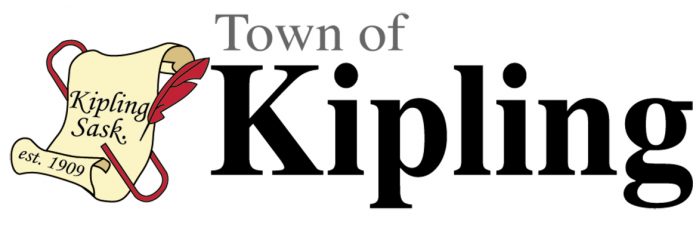The 2022 covered health population figures show that Kipling and the RM of Chester saw a significant rebound in its population numbers this year while other nearby communities either saw population declines or remained relatively flat.
The covered health population is a count of everyone who held Saskatchewan health coverage on June 30. The report does not include people who have moved into the province but have not yet met the residency requirement of three months or people who moved out of province but remain eligible for coverage for the same period. It also does not include members of the Canadian Armed Forces, members of the Royal Canadian Mounted Police and inmates of federal prisons, all of whom are covered by the federal government.
Numbers from the covered health figures can also be skewed as farm or First Nation residents who list a box number instead of a land location will be included in the totals of the community where their post office box is located. It does however provide a snapshot of trends from year to year.
According to the figures, Kipling’s population grew by 25 people to 1,337 over the last year, equating to a two per cent increase from 2021. This comes after the previous year’s numbers recorded a drop of 43 people, more than three per cent, from 2020.
The RM of Chester also saw substantial growth over the last year with their population going up to 199 with 16 new people, a nine per cent increase. The growth trend experienced this year continues from the previous year when the RM jumped by 50 people, which equaled a 37 per cent jump.
The RM of Kingsley saw a slight increase as well with three new people recorded in the covered health population figures, bringing their population up to 219. After staying flat last year, the RM of Hazelwood lost one person this year and now shows a population of 124.
The Village of Kennedy remained flat at last year’s total with a population of 335. But the village had seen an increase of 4 the previous year. Meanwhile, Windthorst and Langbank both saw small declines, with Windthorst’s population dropping by three people to 272 and Langbank’s declining by two people to 111.
Population results varied in communities and rural municipalities to the north where both Broadview and the RM of Willowdale saw increases in their population while Whitewood, the RM of Silverwood and RM of Elcapo all dropped.
Broadview’s population showed another year of growth with 32 new people over the previous year, which saw 10 new people. The population based on health figures now sits at 1,720. Whitewood on the other hand lost 59 residents this past year after losing 63 people the year before. The population currently sits at 1,501.
Both communities covered health population figures are wildly different than the official census population figures, which can likely be attributed to the neighbouring First Nation residents who claim either community as their address through post office boxes.
The RM of Willowdale’s numbers rose by 13 people to 161, an almost nine per cent jump. The RM of Elcapo meanwhile lost one person and the RM of Silverwood lost four, putting their populations at 218 and 206 respectively.
Overall, the population of the communities listed saw an overall increase of 15 people this year, which was similar to the 16 person increase the year before.
Compared to 10 years ago (2013), the population of the area has seen an overall growth of just under two per cent, equaling an increase of 116 people. Communities to see growth compared to 2013 are Kipling (75), Broadview (36), RM of Chester (55), RM of Elcapo (38), RM of Willowdale (29) and RM of Kinglsey (22). Meanwhile, compared to 2013, the communities to see a decline in population are Windthorst (36), Langbank (33), Whitewood (34), RM of Silverwood (20) and RM of Hazelwood (13).










